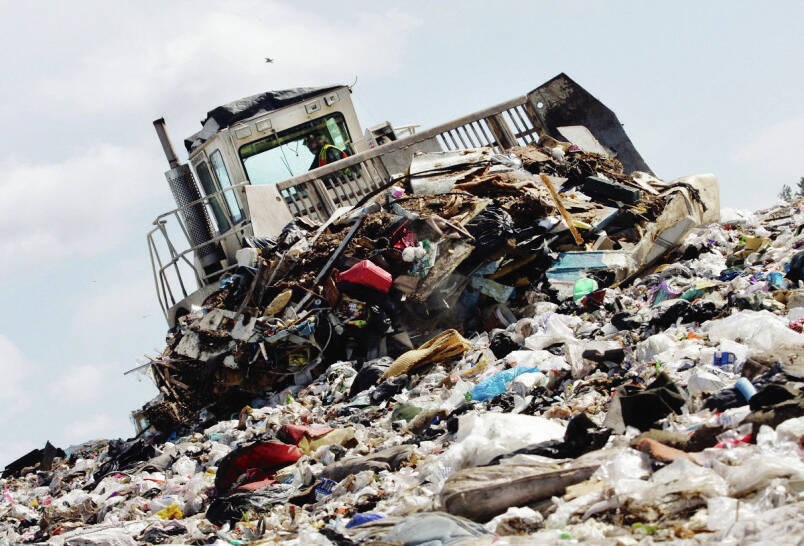The Capital Regional District is exploring new policies that would see wood, roofing shingles, furniture, mattresses and other items banned from the Hartland Landfill and reused or recycled on site.
The CRD board approved a number of steps this week to divert more waste from the landfill starting as early as June 2023.
Those diverted materials could eventually be processed for other uses, including as potential feed stock for thermal technology options such as a gasification plant, which turns the material into gases.
In the short term, diverted materials will be processed either on-site or by private-sector businesses, the CRD said.
The CRD board directed staff this week to move forward with a procurement process to investigate private sector options and costs for further processing “divertible materials.”
Following that work, staff are expected to return to the CRD’s Environmental Services Committee with detailed financial implications this fall and again in January 2023 with proposed revisions to the Hartland tipping fee and regulation bylaw.
The proposed strategies could divert up to 35% of the mixed waste currently received every year at the region’s landfill to recycling, repurposing or recovery for beneficial use.
The new policies currently being explored by CRD staff include:
• reducing tipping fees for “source-separated” loads that do not contain banned materials
• increasing tipping fees for mixed-waste loads to encourage diversion and offset the cost of lower tipping fees for source-separated loads
• expanding diversion services at Hartland Landfill to ensure banned materials end up in alternative processing streams or end markets
• expanding enforcement of all material bans at Hartland Landfill
Reducing the region’s waste by at least one third over the next 10 years is part of the CRD’s new solid waste management plan.
More than 140,000 tonnes of garbage ends up at Hartland every year — the equivalent of 92 Olympic swimming pools.
The CRD says at that rate, the landfill would be full by 2045 if new diversion measures are not undertaken.
Hartland 2100 is a design concept to extend the capacity of the landfill from the current 2045 design to beyond 2100.
The long-term design will allow time for exploring new ways of managing the region’s waste, according to the CRD.
The Hartland 2100 design concept will increase the facility’s capacity by expanding the disposal area vertically and horizontally, with rock being removed to maximize landfill space.
dkloster@timescolonist.com



